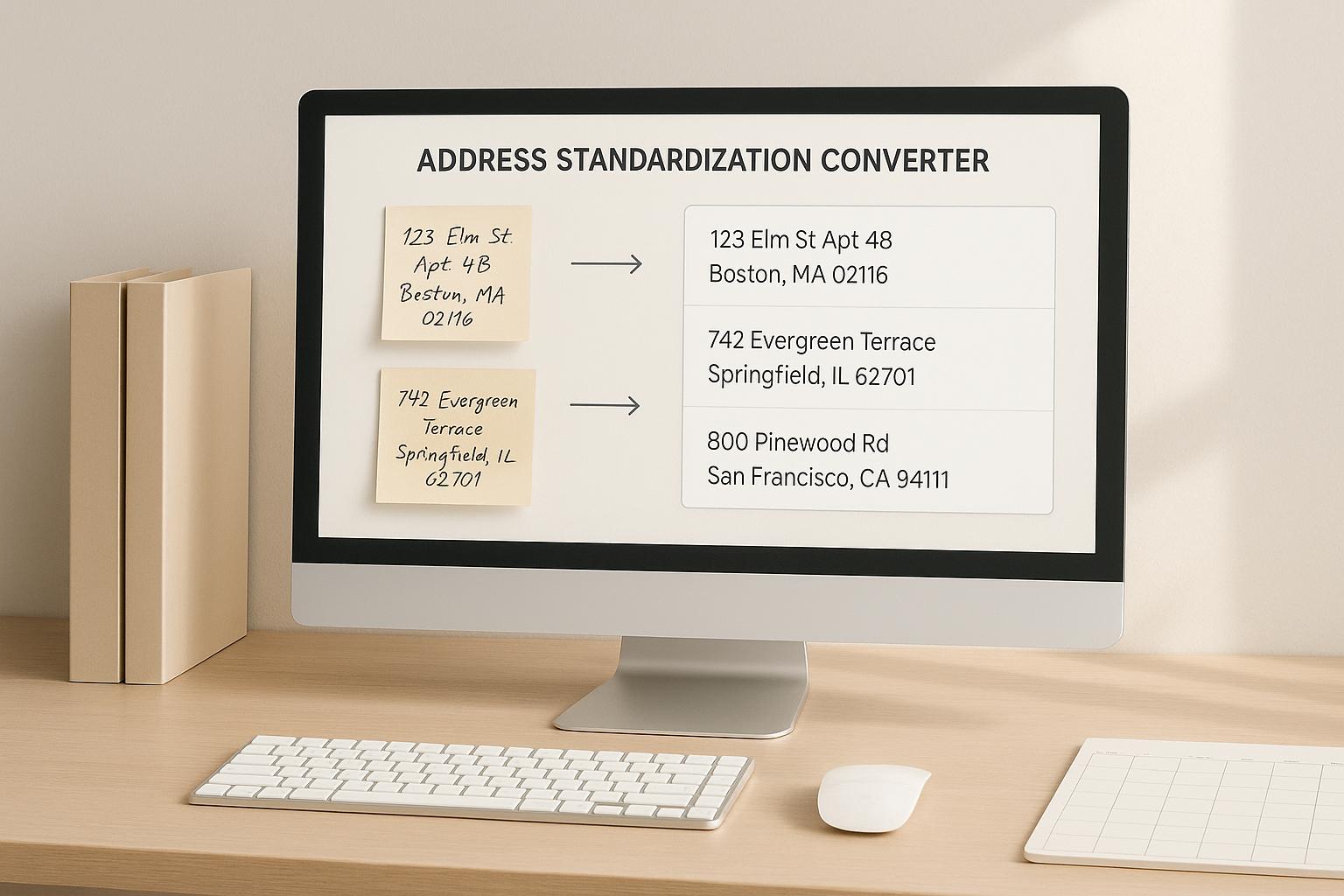The intersection of artificial intelligence (AI) and PropTech is ushering in a profound evolution within the real estate industry. From streamlining deal sourcing and site feasibility to revolutionizing building operations, these advancements are reshaping workflows and redefining how professionals navigate a traditionally complex sector. This article explores how AI and PropTech are fundamentally changing real estate, based on insights shared by industry experts during a compelling discussion.
The Current Landscape: A Slow but Steady Digital Transformation
Real estate has often been perceived as an industry slow to adopt technology, primarily due to its emphasis on risk management. However, advances in PropTech – spurred by accelerated innovation during the pandemic – are challenging this status quo. Legacy systems like Yardi, CoStar, and Argus once dominated the field, offering minimal flexibility and innovation. Today, a new wave of startups, such as Cove and Giraffe Technology, are leveraging AI to provide tailored solutions that address specific industry pain points.
Investments in PropTech reached their peak in 2021, with $32 billion poured into the sector. However, the enthusiasm waned as many technologies failed to deliver venture-level returns. Now, with a sharper focus on efficiency and customization, the industry is beginning to harness the true potential of AI to overcome longstanding challenges in real estate.
Unlocking Efficiency Through AI and Automation
AI’s greatest promise lies in its ability to automate repetitive tasks, freeing professionals to focus on higher-value activities. For example, in site feasibility and underwriting, platforms like Giraffe Technology enable developers to draw a building on a map, analyze zoning data, and assess deal viability in minutes. This eliminates the traditionally labor-intensive process of manually aggregating data from disparate sources.
Similarly, in building operations, Cove’s technology is consolidating fragmented systems to create seamless workflows for property managers, engineers, and tenants. By unifying tenant engagement, maintenance tracking, and operational data, Cove enables building teams to centralize their efforts, reducing redundancies and improving tenant satisfaction.
Real-Life Applications of AI in Real Estate:
- Site Feasibility Analysis: AI tools aggregate zoning, financial, and geospatial data to accelerate development decisions.
- Modular and Affordable Housing Design: New AI-driven platforms are enabling more cost-effective and sustainable housing solutions.
- Building Operations Optimization: Centralized platforms allow property managers to efficiently oversee multi-building portfolios and automate routine processes.
The Human Factor: Creativity and Collaboration in the Age of AI
Despite its transformative potential, AI cannot replicate the human elements of creativity, relationships, and trust – qualities that are central to real estate. While AI can automate routine tasks like data collection and analysis, the industry relies on human ingenuity to design livable cities and foster community connections.
James Blackwood, a speaker during the discussion, emphasized the importance of using AI as a collaborative tool. By integrating AI into workflows, teams can focus more on strategic initiatives, such as addressing social issues like affordable housing or improving urban planning. "The hedge against AI", he noted, "is the human being."
Challenges to Adoption: Resistance and Misaligned Incentives
Many real estate professionals remain hesitant to adopt new technologies due to several factors:
- Lack of Understanding: A common concern is that AI is too complex or will disrupt existing workflows.
- Fear of Job Loss: The perception that automation will replace human roles creates resistance within teams.
- Customizability Issues: Generalist software solutions often fail to meet the specific needs of real estate operations.
However, as experts pointed out, these challenges can be mitigated by involving clients early in the development process. Companies like Cove and Giraffe have successfully partnered with industry players to build customizable solutions tailored to their workflows, proving that collaboration is key to adoption.
The Role of Design Partners in Driving Innovation
One of the most significant takeaways from the discussion was the importance of design partners. These are early adopters who collaborate with technology providers to refine and adapt solutions to their specific needs. Startups often rely on these partnerships to create products that align with market demands, rather than imposing one-size-fits-all solutions.
For example:
- Cove partnered with EQ Office, a Blackstone portfolio company, to develop a unified building operations platform. This collaboration not only improved EQ Office’s operations but also shaped Cove’s product roadmap.
- Giraffe Technology worked with leading developers to integrate AI tools into their workflows, enabling them to scale their operations while meeting unique project requirements.
The Future of AI in Real Estate: Predictions and Possibilities
The adoption of AI in real estate is still in its infancy, but industry experts predict significant advancements over the next five years. Here’s what the future might hold:
- Ubiquitous AI Adoption: AI tools will become as integral to real estate as email or spreadsheets, simplifying workflows and enhancing decision-making.
- Centralized Operations: Property management and building operations will become increasingly centralized, allowing teams to oversee entire portfolios from a single platform.
- Enhanced Tenant Experiences: AI-driven personalization will enable landlords to anticipate tenant needs, creating more responsive and engaging environments.
- Focus on Responsible AI: Universities like Notre Dame are already exploring frameworks for purposeful AI that balance innovation with societal impact.
While the trajectory is exciting, the panelists agreed that widespread adoption will depend on the willingness of industry professionals to embrace change and invest in early-stage technologies.
Key Takeaways
- AI Amplifies Efficiency: From site feasibility to building operations, AI is automating time-consuming tasks and enabling real estate teams to focus on strategic priorities.
- Customization is Crucial: Tailored solutions, developed in collaboration with design partners, are more effective than one-size-fits-all platforms.
- Data is the Foundation: AI is only as effective as the data it processes. Companies must focus on capturing and structuring their proprietary data to maintain a competitive edge.
- The Human Element Persists: Creativity, relationships, and trust remain irreplaceable in real estate, even as AI tools become more prevalent.
- Adoption Takes Time: While the technology is available, the pace of adoption will be determined by market readiness and the ability to integrate AI into existing workflows.
Conclusion
The real estate industry stands at a pivotal moment, with AI and PropTech offering unprecedented opportunities to streamline operations, enhance decision-making, and drive innovation. However, these advancements come with challenges that require thoughtful navigation, particularly in aligning technology with human expertise. By fostering collaboration between tech providers and real estate professionals, the industry can harness AI’s transformative potential to create more efficient, sustainable, and human-centered environments. The future is uncertain, but one thing is clear: those who adapt and innovate will lead the way.
Source: "2025 FIRE Fall Kickoff Panel: Future of Technology in Real Estate" – Fitzgerald Institute for Real Estate, YouTube, Sep 15, 2025 – https://www.youtube.com/watch?v=thp0LjPQMdg



